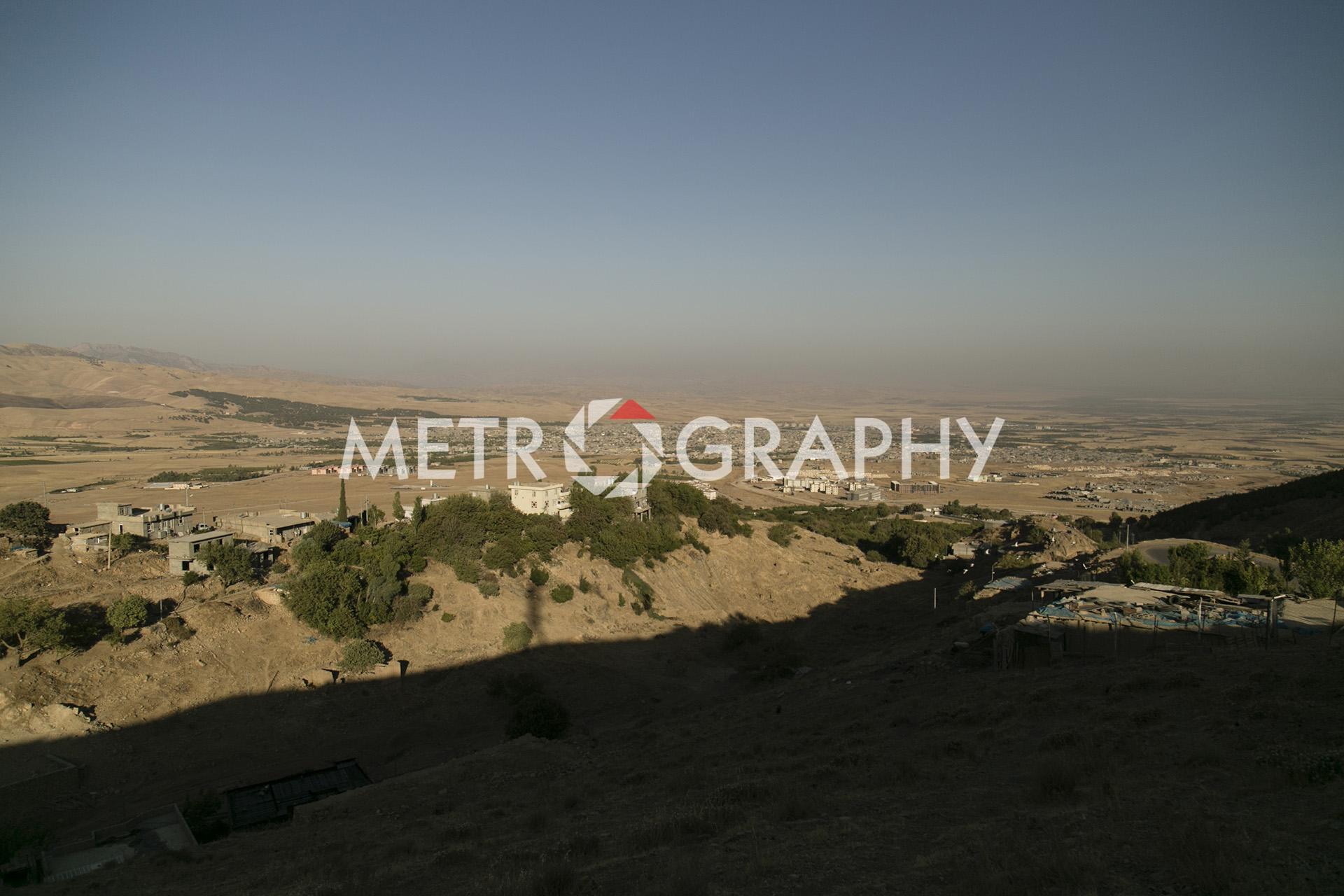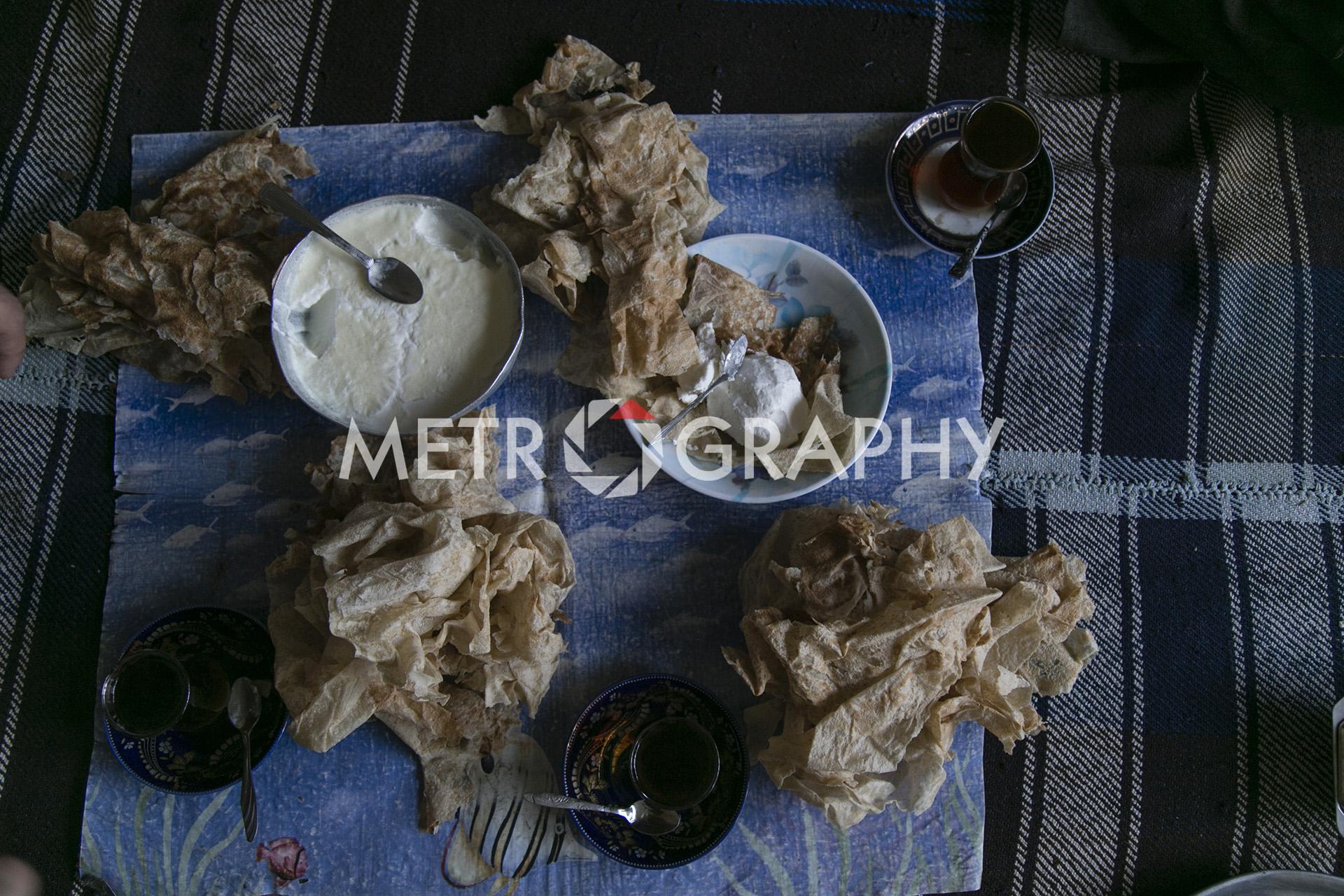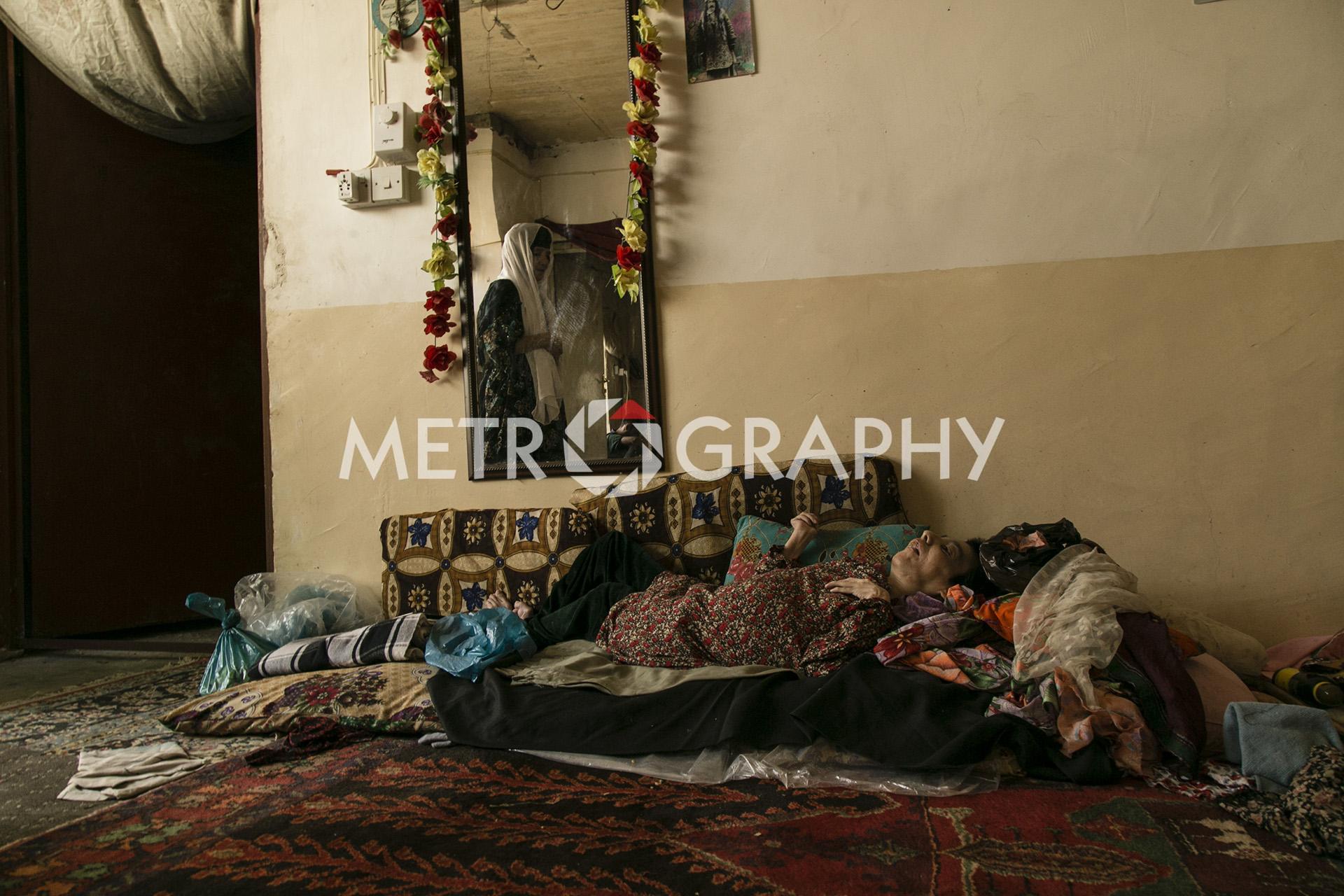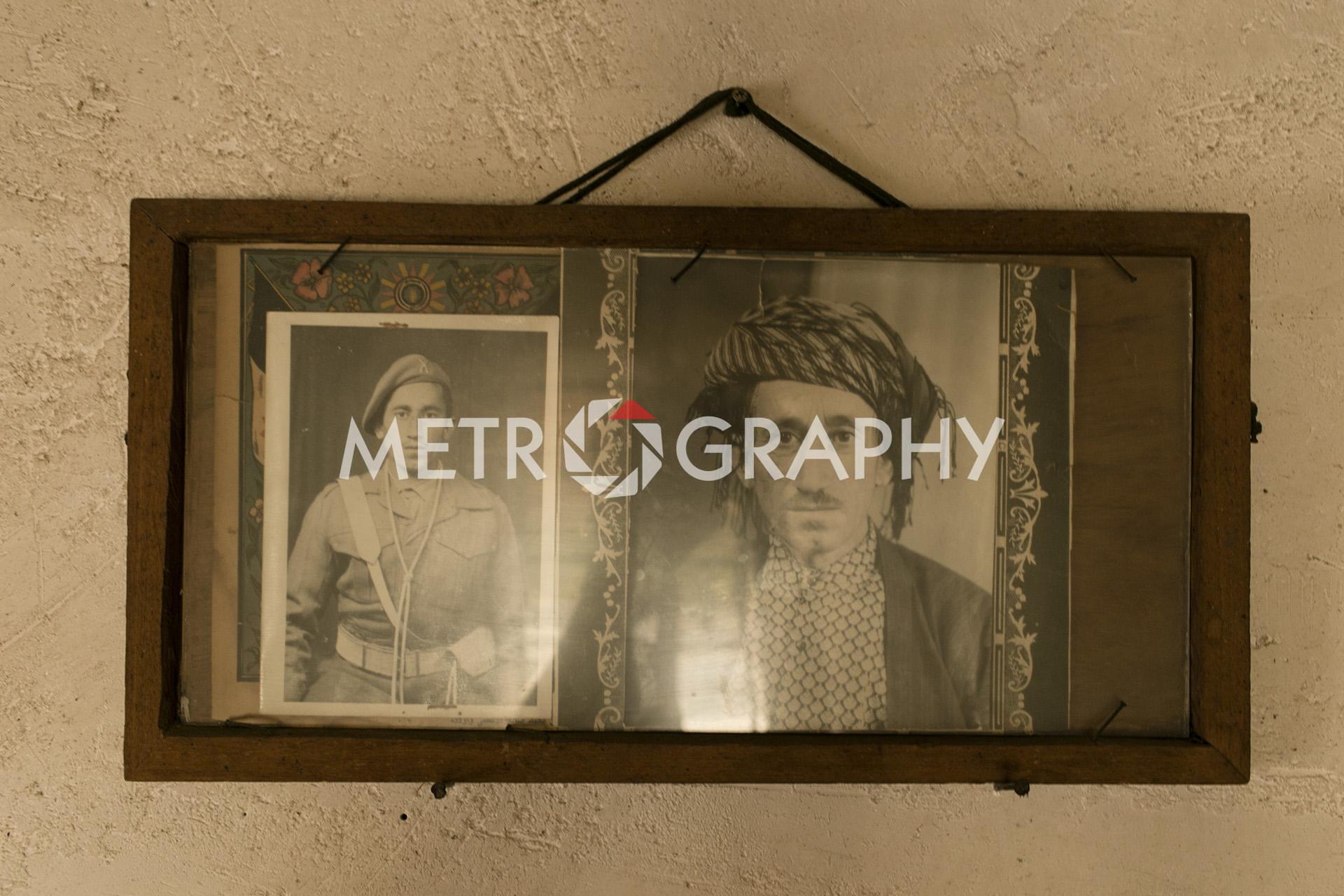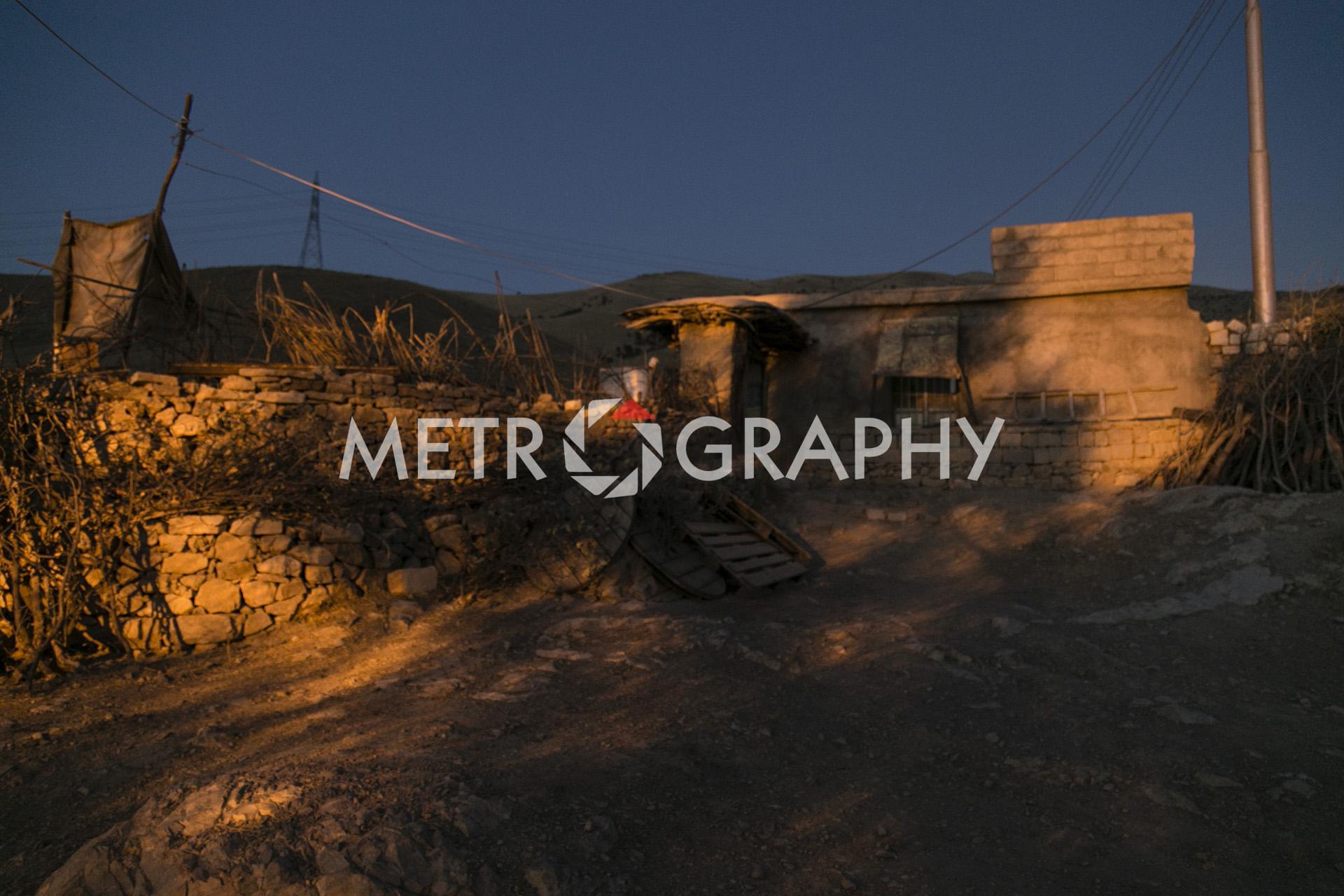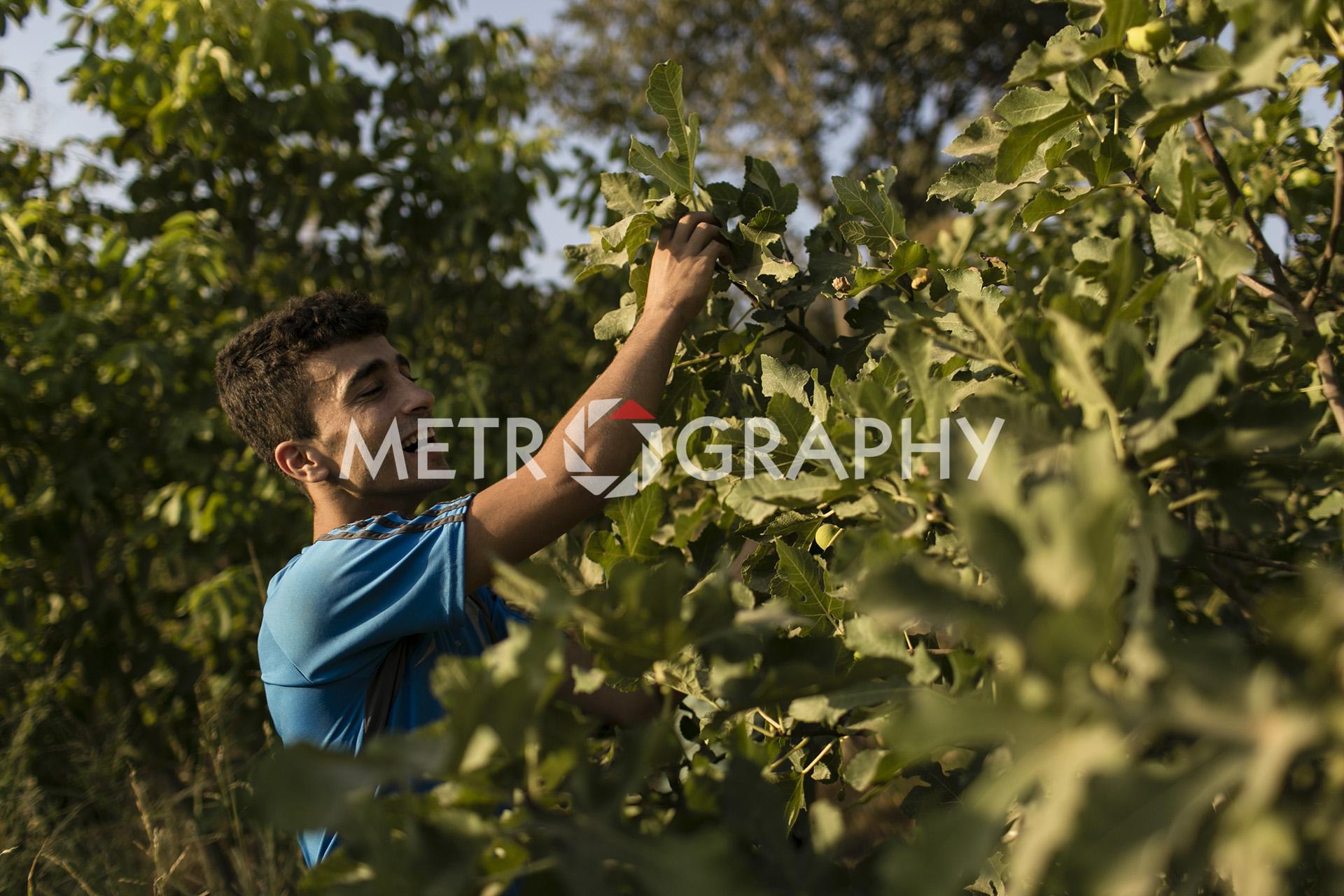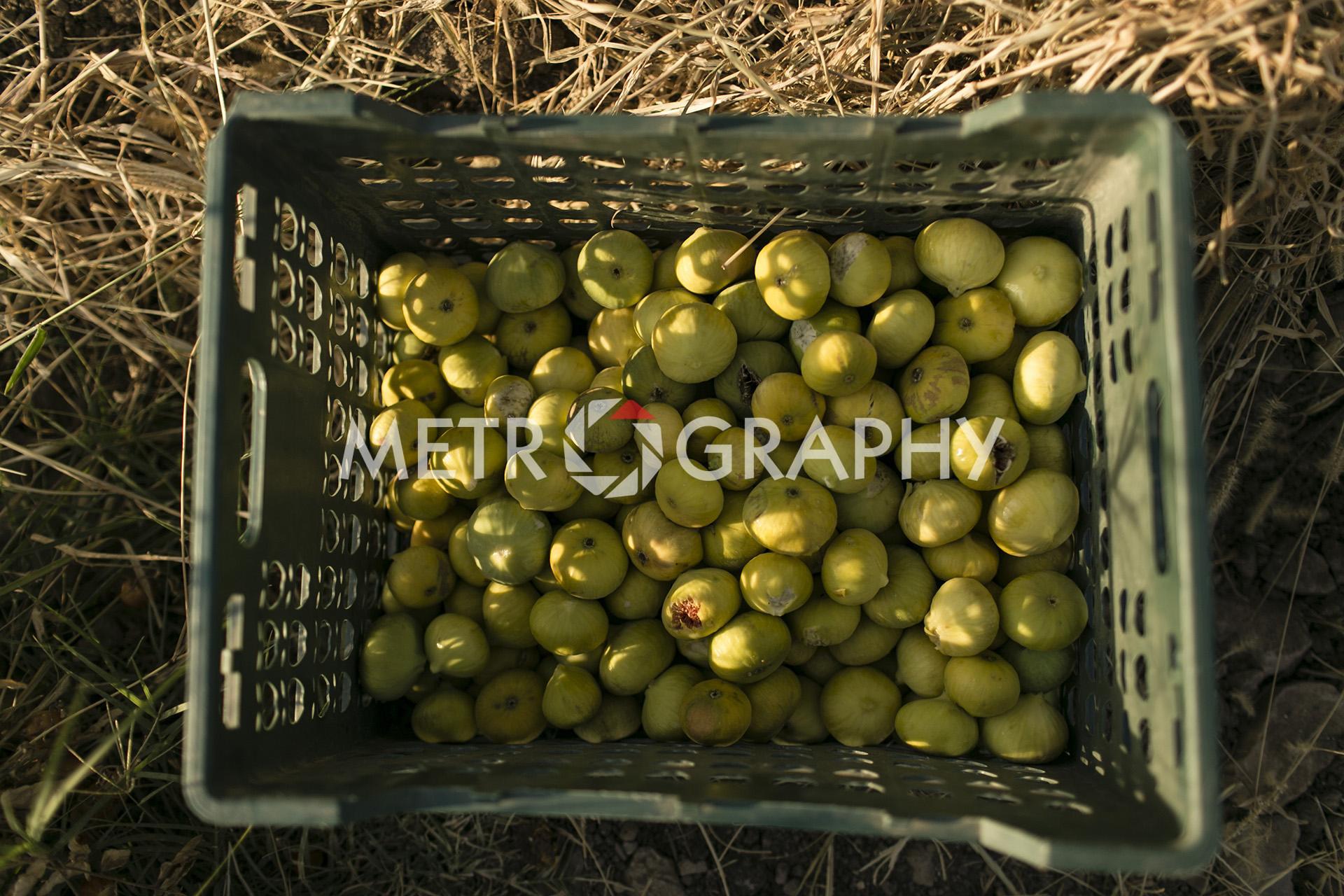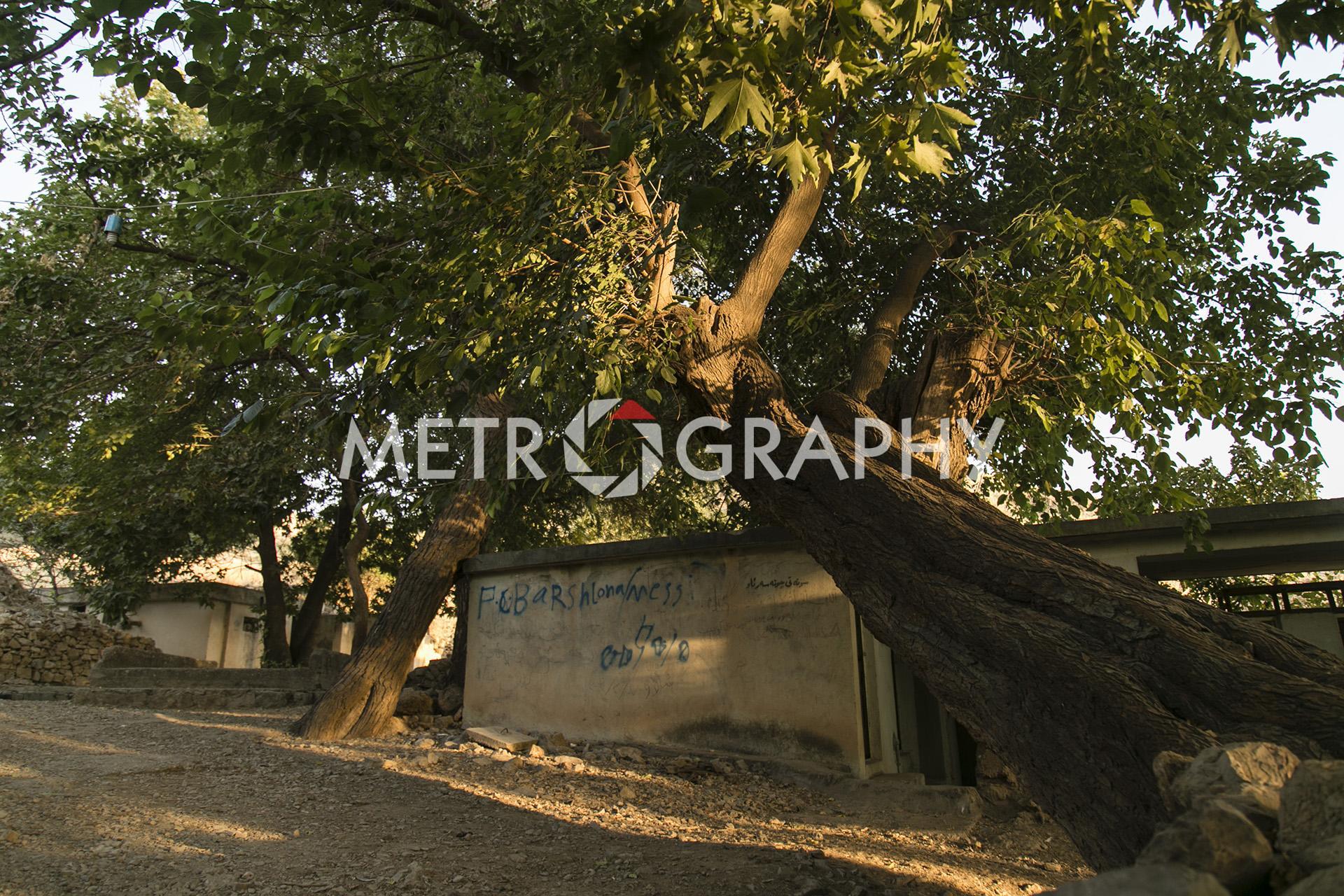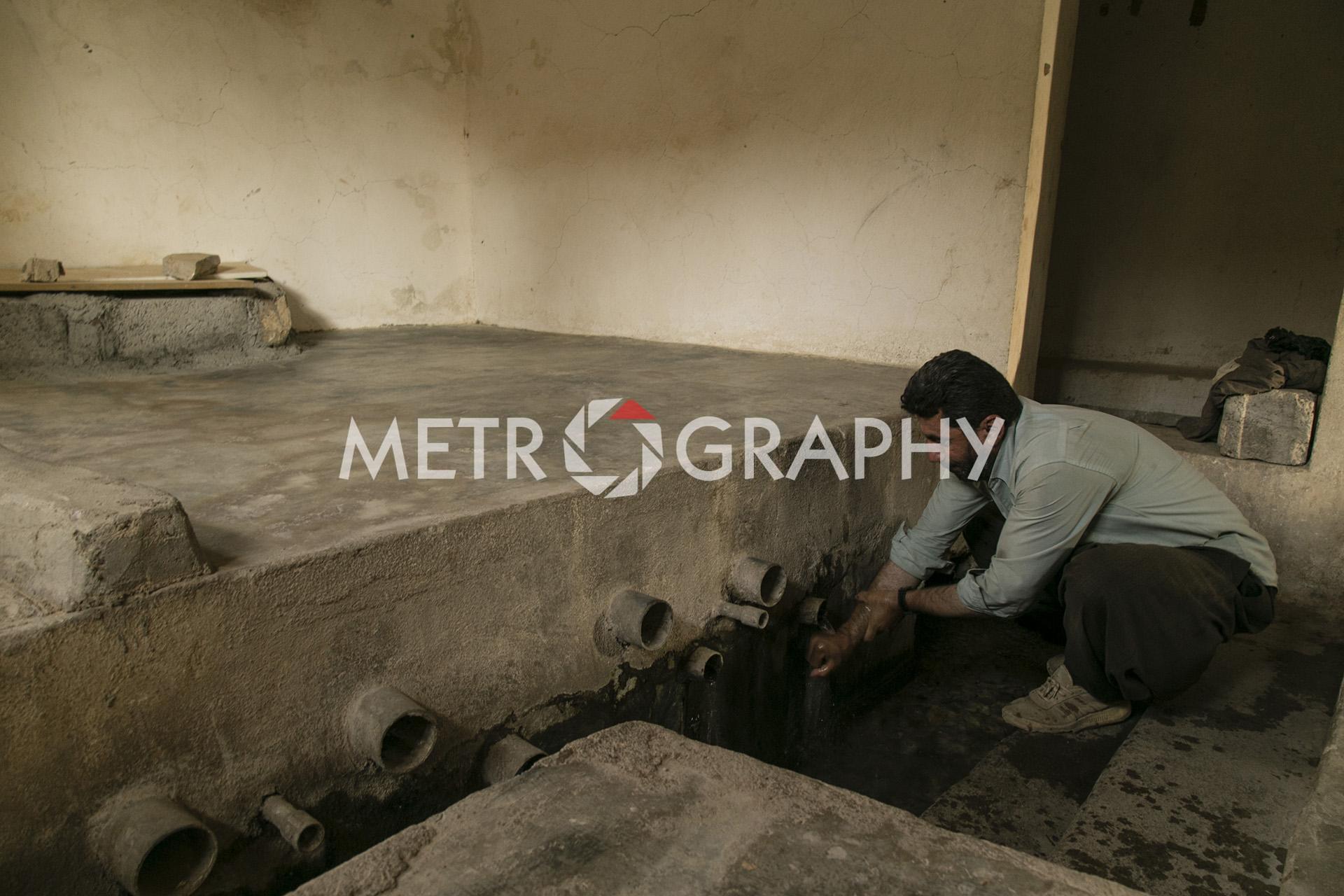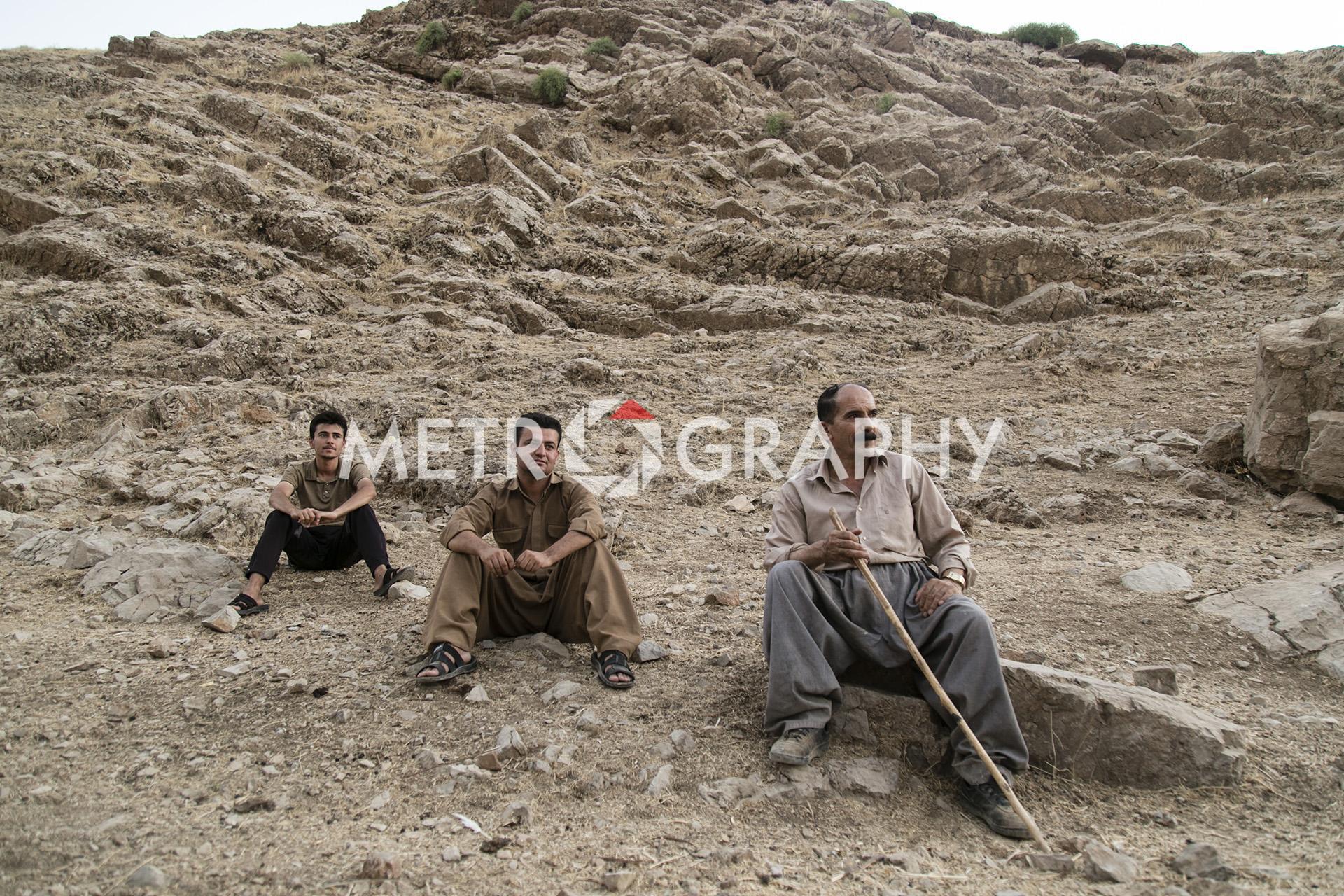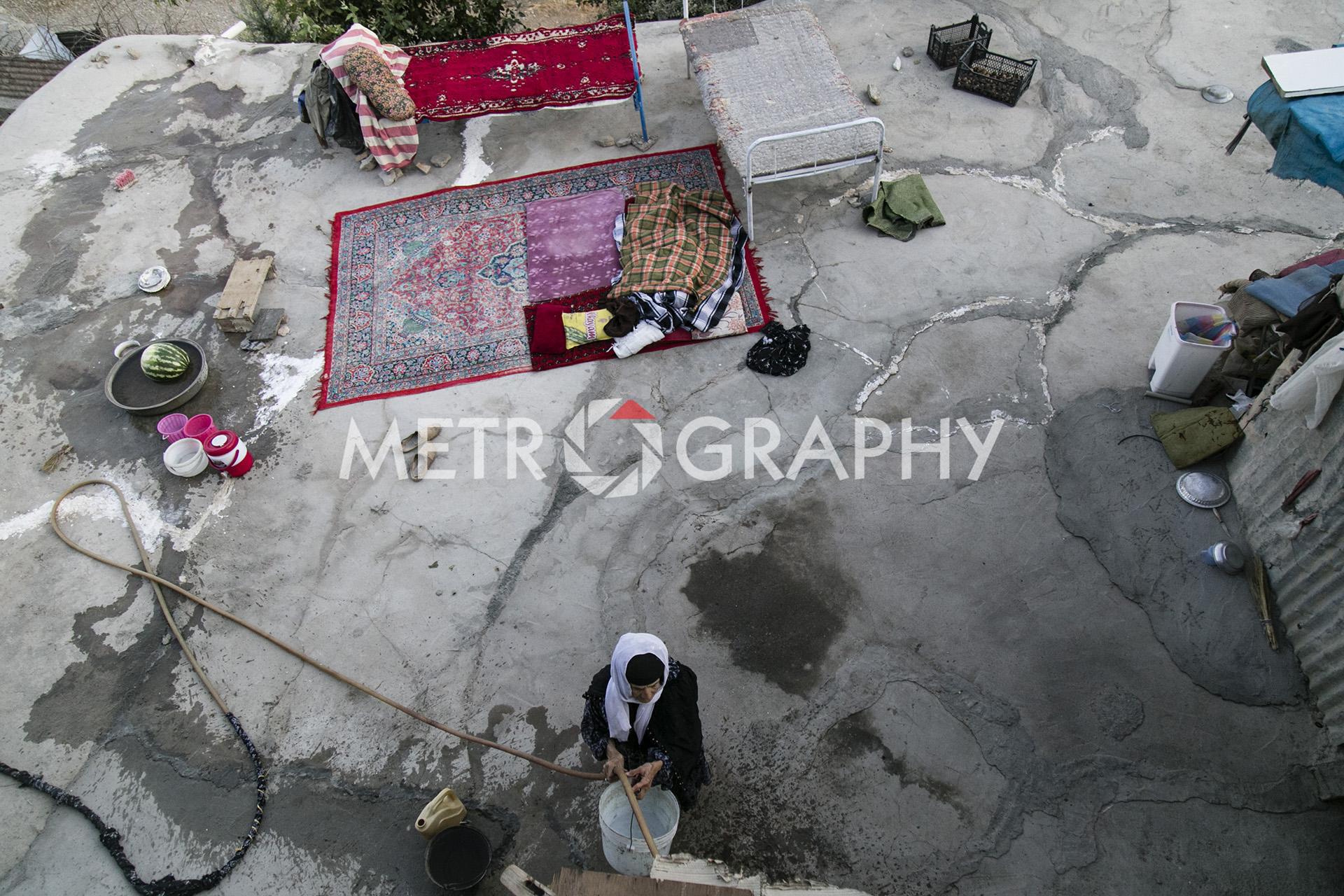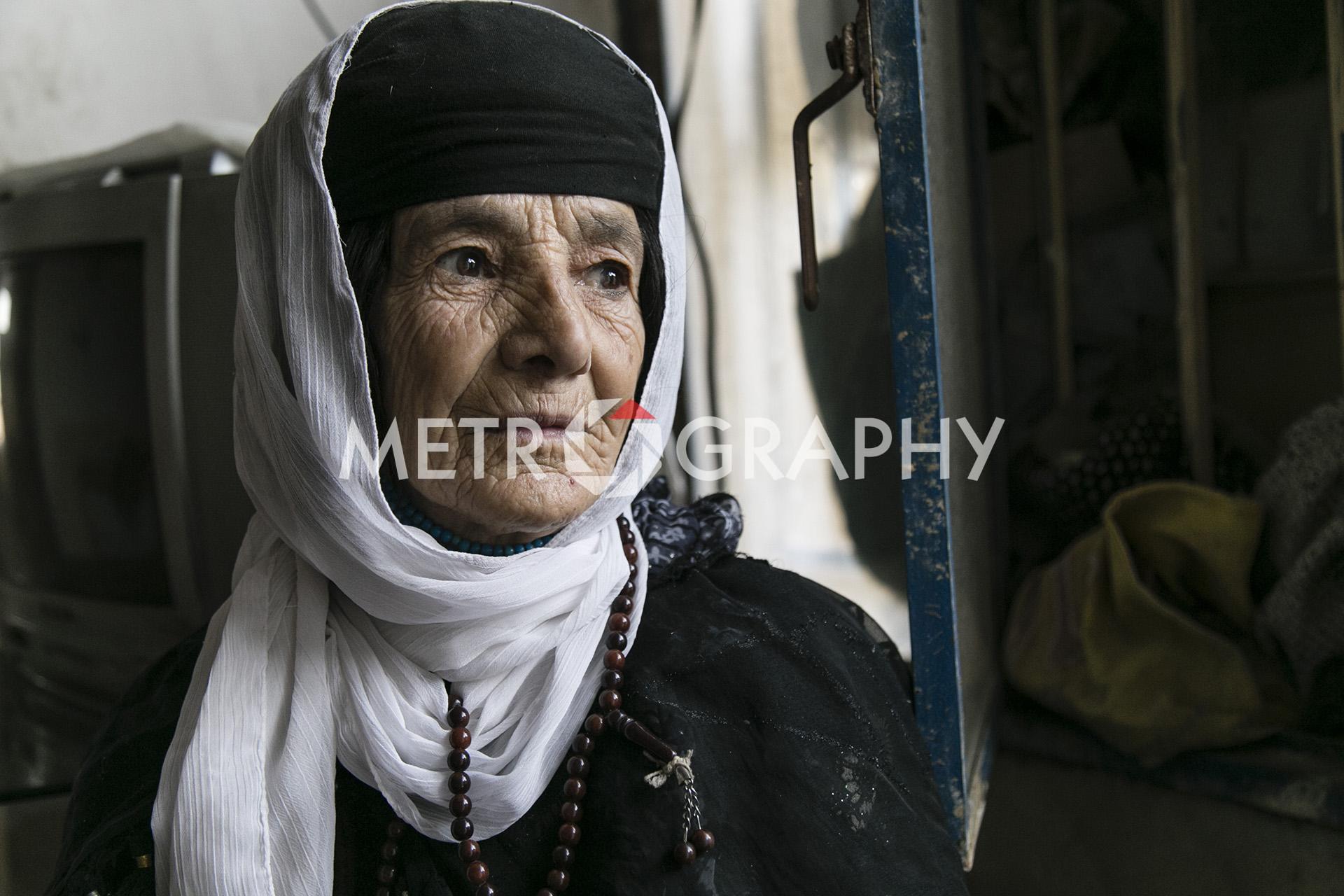Ababaelie is an ancient village located at the foot of Shnrwe Mountain close to Halabja in the Kurdistan Region of Iraq. The village is divided by a valley into two sides: one of them is called Qala the other one is Bahara Spring. Several ancient graves were found with interred tools as an indication of the pre-Islamic history of the village. The original name of the village was Sazgar, which was changed after the invasion of Islam in 639 AD to Ababaelie after the Islamic leader Abu Obaida Alansari who was killed in the village. Between the years of 1960-1970 the population of the village counted around 500 families, but after Saddam Hussein’s brutal chemical attack on Halabja during the Anfal campaign, everybody left the village. Today 14 families, who were forced to leave have gone back to inhabit Ababaelie and to restore the traditional lifestyle of these villages, dominated by hard work in the fields and the herding of animals. The village is well known for the cultivation of pears, peaches, figs, grapes, pomegranate and walnut. It furthermore counts 1400 head of sheep and 110 cows. This photo-story is an attempt to reconstruct the history of the ancient village while documenting the return of people to it, and the traditional lifestyle which they are trying to restore.

